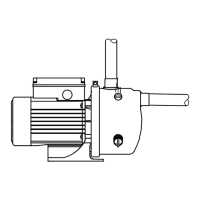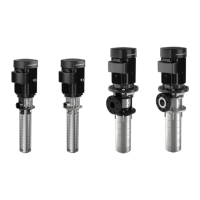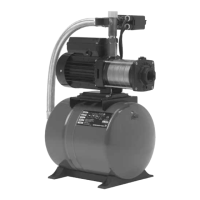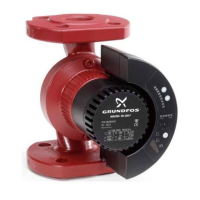Factors that may change the alignment of the pumping unit are: (a)
Settling of the foundation
(b) Springing of the base plate
(c) Piping strains
(d) Settling of the building
(e) Shift of pump or driver on the base
II·F. ALIGNMENT CHECK
The following
checking procedure applies to a pumping unit consisting of a pump, flexible coupling and driver
mounted on a common base plate. Check alignment as follows:
(a) Disconnect the coupling halves.
(b) Set the coupling flange gap to the dimension shown in ''Mounting Each Half Spacer" for Falk (page 151 Table
3 for Wood's (page 17) or refer to" Allowable Shaft Engagements" for Rexnord (page 18).
(c) The preferred test for parallel and angular alignment may be made with a dial indicator mounted as
Shown in Figure 3. Proceed as follows:
(1) Scribe the index lines on the coupling halves (as shown) or mark where the indicator point rests. (2) Set
indicator dial to zero.
(3) Slowly turn BOTH coupling halves so that index lines match, or indicator point is always on the mark.
(4) Observe dial reading to determine whether pump or driver needs adjustment.
(5) Acceptable parallel and angular alignment occurs when total indicator reading (complete turn)
does not exceed limits specified by the coupling manufacturer. Refer to pages 15 - 21. '
Figure 3. Testing alignment, dial indicator
"(d) Test for parallel and angular alignment with a straight edge and feeler gauge as shown in manufacturer's instructions
in Section II-
N, 0, P. Wi~ coupling halves stationary, make trials at four places 90° apart. Perfect alignment
occurs when a straight
edge is level across the coupling halves and the same gauge just enters between the
halves, both conditions at all points,'
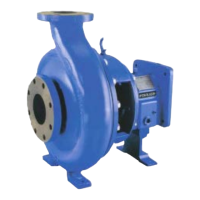
